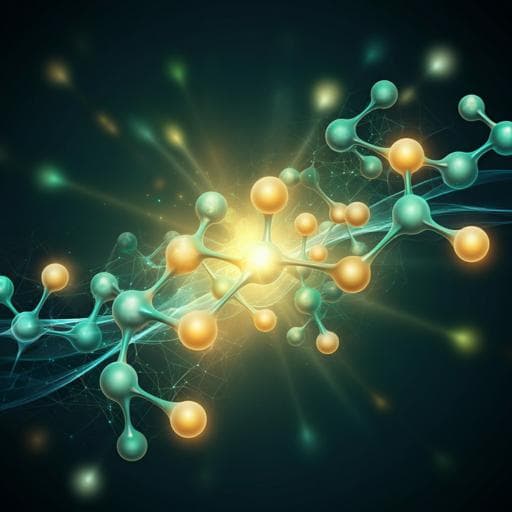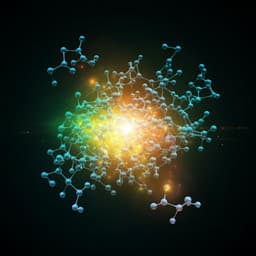
Engineering and Technology
Rational molecular and device design enables organic solar cells approaching 20% efficiency
J. Fu, Q. Yang, et al.
Discover how the innovative design of the non-fullerene acceptor o-BTP-eC9 leads to a significant power conversion efficiency of 19.9%, as presented by a team of researchers including Jiehao Fu, Qianguang Yang, and many more. This advancement not only reduces energy loss but also enhances operational stability in organic solar cells.
~3 min • Beginner • English
Related Publications
Explore these studies to deepen your understanding of the subject.







